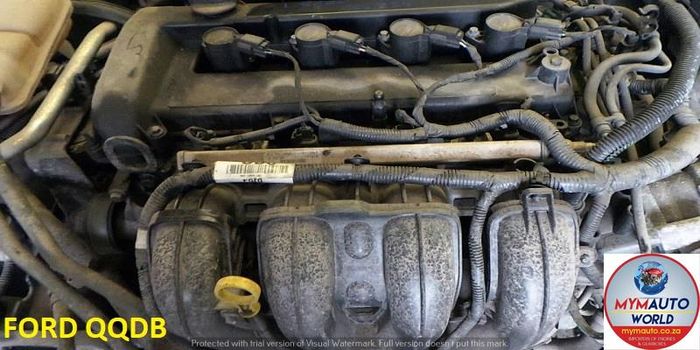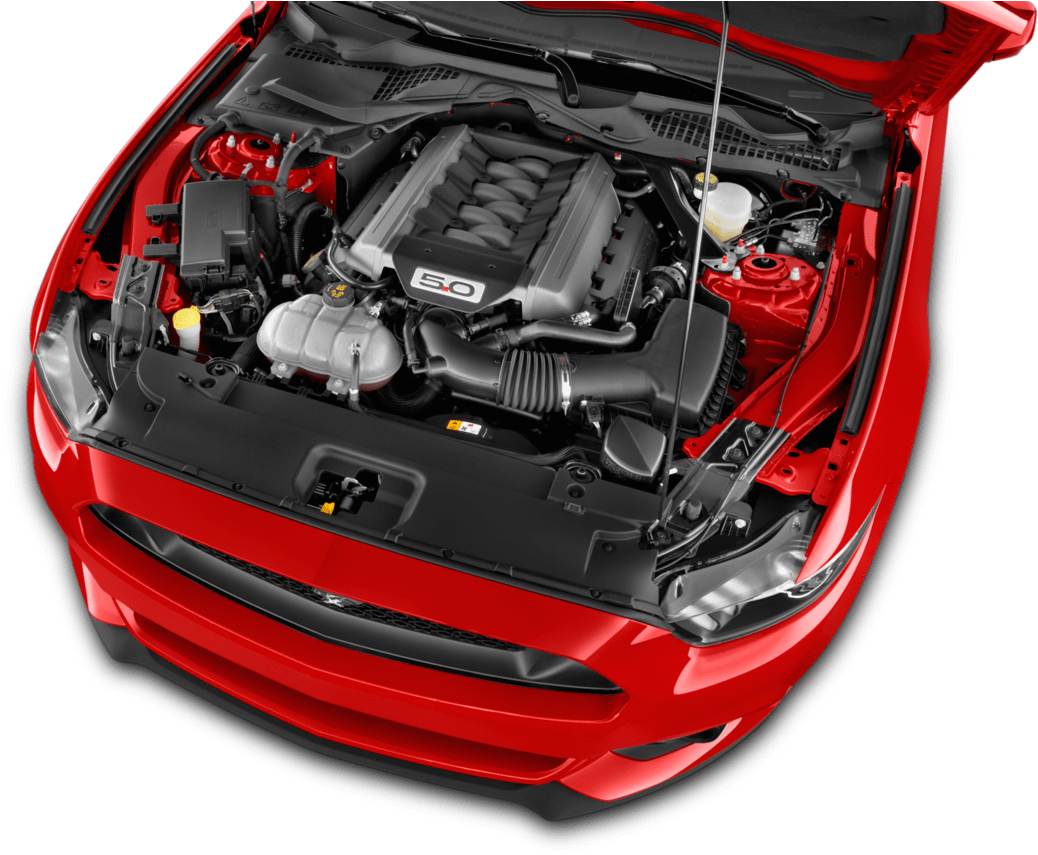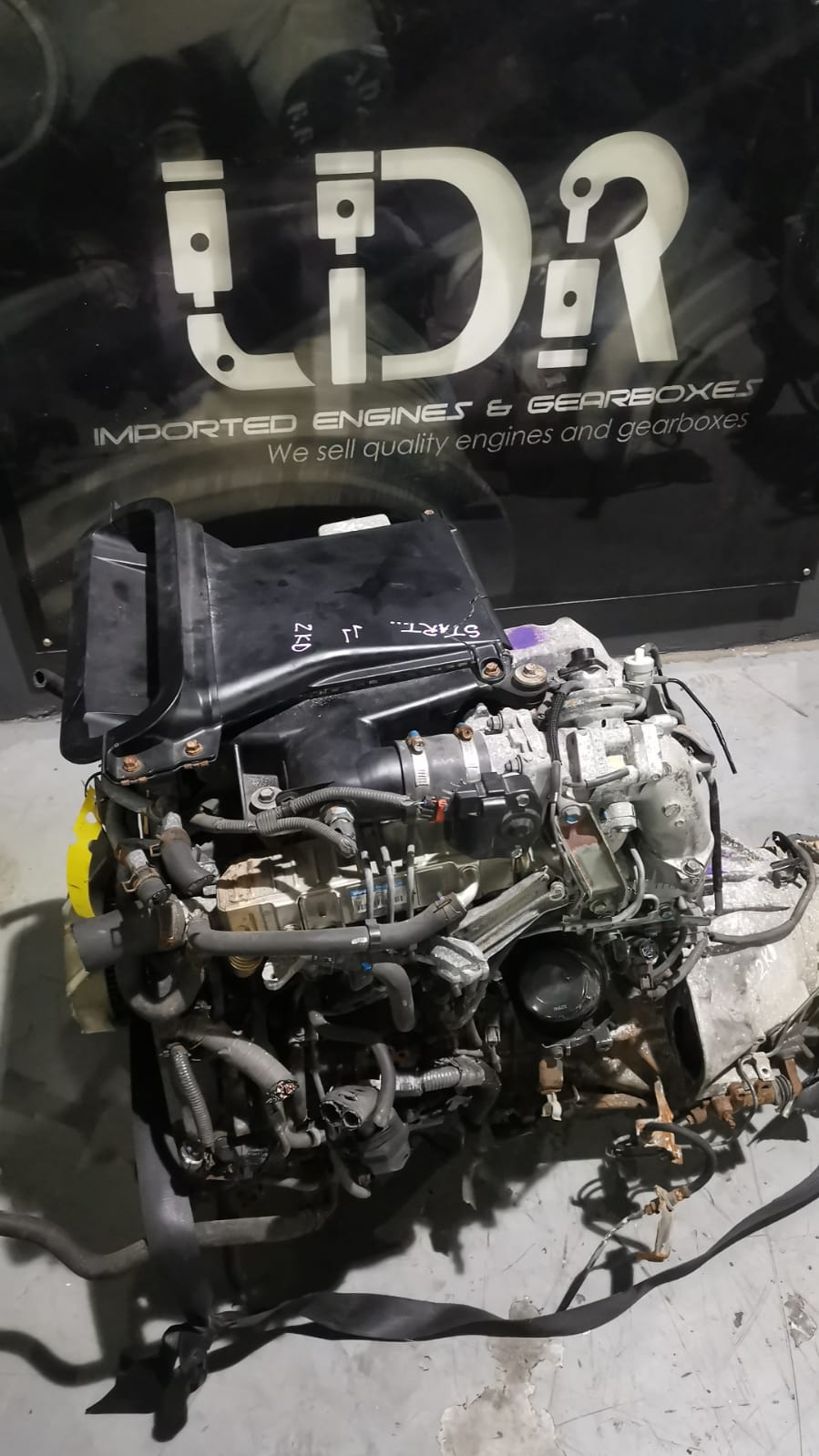Opel Corsa Engine: Whatever You Required to Know Before Purchasing
Opel Corsa Engine: Whatever You Required to Know Before Purchasing
Blog Article
Discovering the Inner Operation of a Compact Lorry's Engine System
As drivers, we often take for granted the detailed processes that occur within the confines of our lorry's engine system. The compact yet complicated equipment that thrusts us ahead is a marvel of engineering precision and sychronisation. From the controlled explosions in the combustion chamber to the precise timing of fuel shot, every element plays a vital function in the smooth operation of the engine. In this expedition of a small car's engine system, we will unravel the internal workings of this mechanical symphony, shedding light on the secrets that drive us onward on our everyday trips.
Burning Process Review
The combustion procedure in a small lorry's engine system is an essential system that successfully converts gas into power to power the vehicle. This procedure takes place within the combustion chamber of the engine, where gas and air mix, fire up, and generate controlled explosions. The burning process includes 4 main stages: intake, power, exhaust, and compression.
During the consumption phase, the piston moves downward, drawing in a combination of air and fuel into the combustion chamber. This descending activity generates the power needed to drive the automobile. This cyclic burning procedure is fundamental to the operation of a small lorry's engine system, guaranteeing effective power conversion for propulsion.
Piston and Cyndrical Tube Communication

The piston's precise fit within the cylinder is essential for keeping optimum compression and protecting against power loss during combustion. Limited clearances in between the piston and cylinder walls make certain reliable sealing, allowing the piston to relocate efficiently without enabling gases to leak past. Correct lubrication is likewise important to reduce rubbing and use between these components, enhancing long life and performance.
Furthermore, the layout and materials used in making the piston and cylinder influence engine effectiveness and sturdiness. Modern engines frequently employ light-weight yet sturdy materials like light weight aluminum alloys for pistons and cylinder linings to minimize inertia and boost thermal effectiveness. Overall, the unified interaction in between the piston and cyndrical tube is essential to the engine's capability and general efficiency.
Fuel Shot System Functionality
Fuel shot systems in compact automobile engines play a crucial duty in precisely providing gas to the combustion chamber for regulated and efficient ignition. The gas shot system functions by injecting gas right into the combustion chamber at the ideal minute throughout the engine's operation (opel corsa engine). This accurate timing makes certain that the fuel mixes uniformly with the air for correct burning, resulting in enhanced gas performance and reduced discharges
There are mostly 2 sorts of fuel injection systems utilized in small automobile engines: port gas shot (PFI) and straight fuel injection (DFI) PFI systems inject fuel into the intake port before the intake valve, Web Site while DFI systems inject fuel straight right into the burning chamber. Both systems have their benefits, with DFI using far better gas atomization and PFI giving a more cost-effective service.
Comprehending Engine Cooling Systems
Effective operation of a small vehicle's engine relies greatly on the effectiveness of its cooling devices. Engine air conditioning is important to stop overheating, which can lead to serious damages and web link lowered efficiency. The cooling system in a compact vehicle generally contains numerous parts interacting to manage the engine temperature level. One vital part is the radiator, which uses coolant to soak up warm from the engine. As the hot coolant moves via the radiator, it releases heat right into the air, cooling off before going back to the engine. The water pump distributes the coolant through the engine and radiator, ensuring a regular circulation to control temperature. In addition, the thermostat assists control the coolant circulation to maintain optimum engine temperature. Some vehicles additionally have cooling followers that activate when added cooling is required, such as during rush hour or warm weather condition. Understanding these engine air conditioning mechanisms is crucial for maintaining the efficiency and longevity of a small vehicle's engine system.

Exhaust System Elements Explained
The optimum performance of a small automobile's engine cooling systems depends on a complementary system known as the exhaust system, which consists of numerous necessary elements for making sure effective emissions and engine efficiency. The exhaust manifold accumulates exhaust gases from the engine's cylinders and routes them to the catalytic converter.
One vital element of the exhaust system is the oxygen sensor, which checks the oxygen degrees in the exhaust gases to help regulate gas usage and ensure optimum engine performance. opel corsa engine. Additionally, the resonator might be present in some exhaust systems to decrease noise degrees. In general, the exhaust system plays a vital duty in preserving engine performance, minimizing damaging exhausts, and guaranteeing a quieter driving experience for compact automobile owners

Verdict
In final thought, the compact automobile's engine system is an intricate combination of parts that collaborate to facilitate the combustion procedure, convert fuel right into energy, and remove waste gases. Recognizing the inner functions of the engine system, consisting of the piston and cylinder interaction, gas shot system, engine cooling systems, and exhaust system parts, is essential for preserving optimum performance and efficiency of the automobile.
The burning procedure in a compact automobile's engine system is a critical mechanism that effectively transforms gas right into power to power the vehicle.Fuel injection systems in small automobile engines play an essential role in precisely providing fuel to the combustion chamber for regulated and reliable ignition.There are largely 2 kinds of gas shot systems made use of in compact vehicle engines: port fuel injection (PFI) and direct gas shot (DFI) Understanding these engine air conditioning devices is vital for maintaining the performance and longevity of a compact vehicle's engine system.
The optimal performance of a compact try this site vehicle's engine air conditioning devices depends on a corresponding system understood as the exhaust system, which makes up different vital elements for guaranteeing effective emissions and engine performance.
Report this page